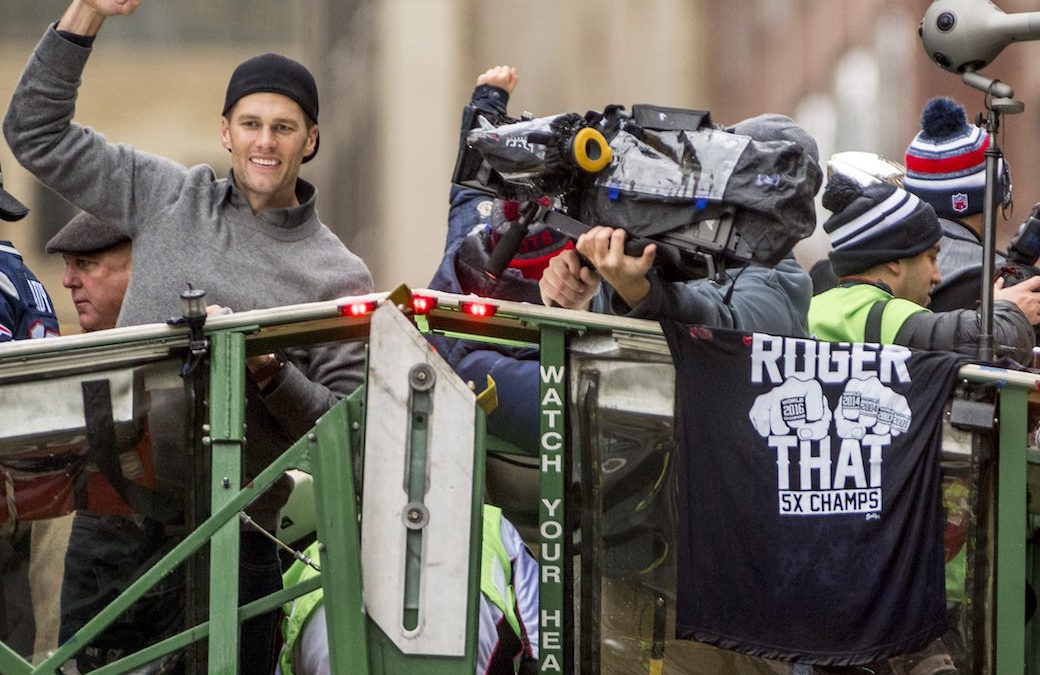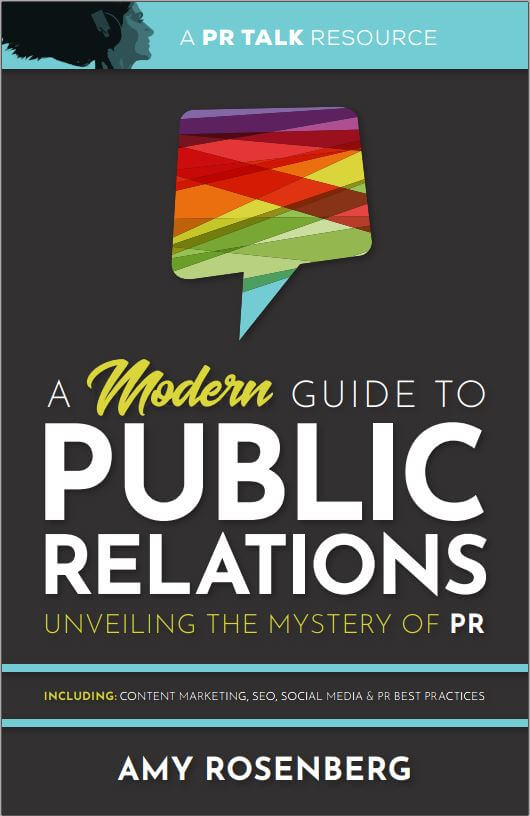Uncontrollably Biased Patriots Fan Weighs in on Super Bowl Ad Trends
It’s been a few days since I hopped aboard the rollercoaster of emotions that was Super Bowl LI, and to be honest, I’m still feeling the buzz. Witnessing my hometown New England Patriots defy unimaginably steep halftime odds and notch their fifth league title was a natural cap on the well to my young, albeit fruitful, tenure as a Boston sports fan.
But fret ye not, Tom Brady loathers and Deflategate perpetuators, this is not a blog post designed to rub it in your faces. That would be too easy. This is Veracity’s marketing blog, and as such, here’s a marketer’s take on what happened outside the lines at Super Bowl “One for the Thumb” Fifty-One.
In preparation for this post, I went back and culled through the advertising archives on SuperBowl-Ads.com, running a brief content analysis of the 67 spots that ran. I catalogued the company releasing each ad, its name, how long it ran and worked down a list of stylistic themes in a “check all that apply” format.
Before I get into the results, here’s what I learned and noticed about the Super Bowl ads, class of ’17.
Trends
• Cost / Running Time: 30 seconds of ad time ran this year, on average, for a cool $5 million — the highest charge to date. Ouch. That means the big wigs at Ford had to fork over around $15 million for their painstakingly 1:30-long “Go Further” spot, rife with examples of people being stuck in different environments. Good on Kraft Heinz’s anti-ad campaign, saying “no thanks,” to buying a spot, and giving its employees the day after the Super Bowl off instead.
• Hashtags: Are hashtags dying? They certainly appear to be in Super Bowl advertising — only 30 percent of all spots in the big dance used hashtags — a plummeting drop from the peak of 57 percent in 2014. T-Mobile took the hashtag charge, though, incorporating them with a URL as well as Twitter, Facebook and Instagram handles in each of its four ads. #WorthIt?
• Narratives: A big storyline in this year’s batch of ads was exactly that — the storyline. Advertisers connected multiple spots to create larger narratives. Tide aired their live-style spot featuring Terry Bradshaw frantically attempting to find a solution for his sauce-laden white shirt, connected to a lounging Jeffrey Tambor appearance later in the evening.
84 Lumber hit their mark with “The Entire Journey,” documenting a mother-daughter immigrant story. It paid off too, sparking 19 thousand comments on YouTube just during the Super Bowl.
• Live Ads: There was a big push this year for live ads. Snickers brought in Adam Driver for a purposeful Western-set train wreck. The Tide spot I refer to above had a live feel, making use of the broadcast set and interrupting play on the field.
Hyundai even offered a live ad incorporating a virtual reality viewing experience for U.S. Military members in Poland. Expect to see more of this in the future as advertisers come up with creative ways to integrate their brand into the event.
Beyond the major advertising trends in this year’s Super Bowl, here are some other nuggets of observations I made about the 67 ads. Note: in the “check all that apply” content analysis, the results were purely based on my interpretation of the content.
• 63 percent of ads were related to the product or service of the brand. This means that a major portion of the ad was actually dedicated to what the company was selling, rather than a completely unrelated narrative followed by the company’s tagline at the outset.
• 48 percent of the ads used comedy to reach viewers, compared to 45 percent being serious or dramatic — a pretty even distribution considering Super Bowl advertising’s reputation of doling out gut-busters like hot cakes.
• 22 percent of ads classified as what I’d call “uplifting, inspirational or cute,” while 15 percent conveyed a political or social activist message.
• Just 5 spots, or 7 percent of all ads, used sexual appeals to catch eyes, most notably in my opinion Mr. Clean’s “Cleaner of Your Dreams,” enticing all husbands to put in a little elbow grease around the house. The decline in sexually charged advertising tells me that perhaps sex isn’t selling anymore, but politics is.
Super Bowl LI did not disappoint. Advertisers took risks, the Pats took the Lombardi Trophy. So to wrap this up, here’s my absolute favorite advertisement, post-game:
https://www.youtube.com/watch?v=4b3y831EOs8





